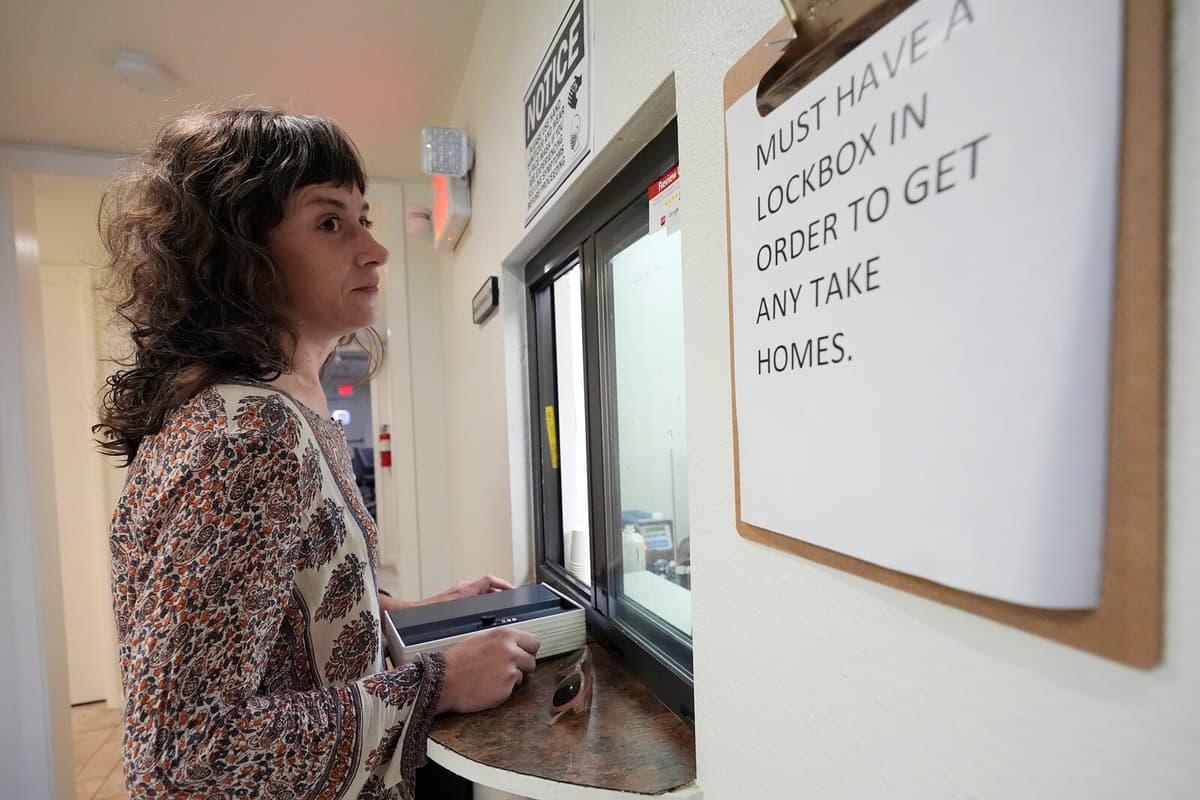In the fall of 2017, then-President Donald Trump declared a state of emergency due to the opioid crisis in the country. In 2021, it was reported that 75 percent of the over 100,000 overdose-related deaths in the USA were due to opioid addiction.
The crisis, which has its roots in the free access to strong painkillers in the 1980s and 1990s, is now entering a new treatment chapter.
Not everywhere
Starting in October, many of the country's 2,100 methadone clinics will offer patients the opportunity to take their methadone doses home – a regulatory change that is expected to have significant effects. In some areas, it has been allowed to pick up several doses since exception rules were introduced during the coronavirus pandemic. It is these rules that the US government is now making permanent.
I would never have been able to go back to school, get my education, research, and teach – none of it – if I had to go to a clinic every day, says 52-year-old David Frank.
He is a sociologist at New York University and has long been treated with methadone for opioid addiction.
Not all states are included in the new regulatory framework, some have a more restrictive approach. But in the states that will allow home dosing of methadone, patients will receive medication that lasts for 28 days.
Government grants
Methadone is also an opioid, but when taken correctly, it can alleviate withdrawal symptoms without any high. Most studies have shown that it reduces the risk of overdose and reduces the spread of hepatitis C and HIV. Nearly half a million doses of methadone are administered daily at the USA's methadone clinics – the only ones authorized to administer the medication.
Some clinics, depending on which state they are in, receive more government grants if they treat people on-site rather than sending doses home with them.
Where you live matters, says Beth Meyerson at the University of Arizona, who researches methadone.
Opioids – which are found in heroin, morphine, and codeine – come from raw opium extracted from the opium poppy plant.
Their pain-relieving and intoxicating properties have been used for thousands of years and are still used today in controlled forms as painkillers in healthcare.
Opioids are addictive because they provide a strong high and the body quickly develops tolerance to them. Too large doses can lead to respiratory arrest and death.
The withdrawal symptoms are severe.
Sources: Addiction Center, Medibas, Total Defense Research Institute.






